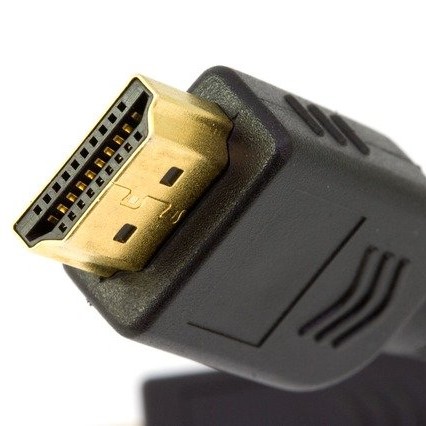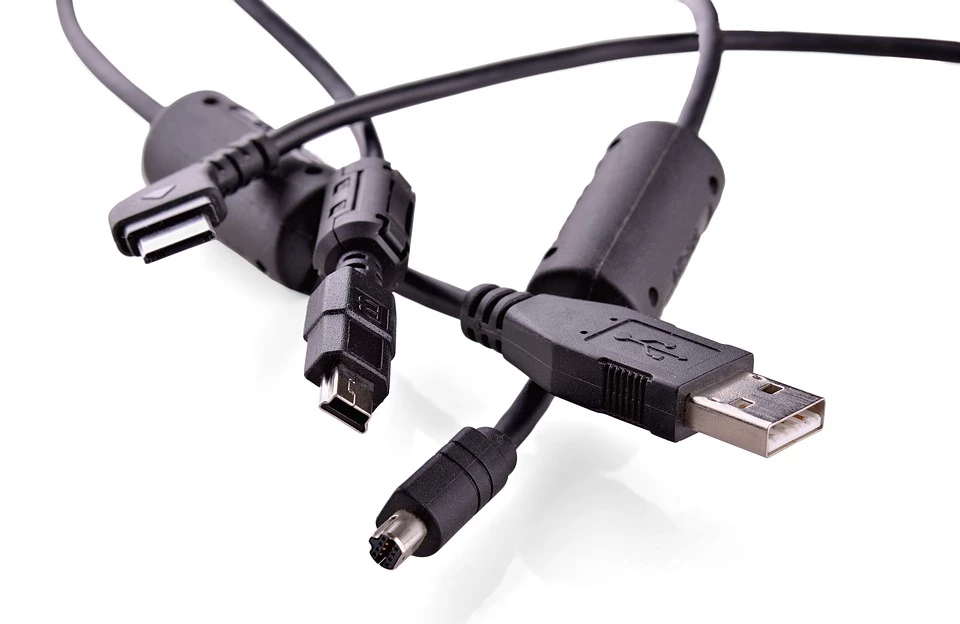
As a gamer, you will be used to having a lot of different cables to deal with. You might have even noticed several different ports in your monitor and wondered what they are all for. After all, how many interfaces does one gaming PC need?
With so many different types of video connections available, we’re going to break down the big three – HDMI, DisplayPort, and DVI. We’ve covered a couple of them before, but this time we’re widening our scope and putting on our gamer lens. We’ll cover what makes them all different, why you would use each, and help you figure out which is best for you.
HDMI
HDMI, or High-Definition Multimedia Interface, is the most commonly known of the trio. Modern TVs tend to have a swathe of HDMI ports and most gaming monitors will carry at least one. This is because it carries not only video but audio as well. That makes it an ideal choice for multimedia devices and gaming consoles like the PlayStation and Xbox, since an all-in-one connection makes them easy to set up.
If you are looking for a PC to TV connection option, HDMI is the best one to go for. With cables inexpensive, readily available, and easy to use, you will be thankful for the hassle saved.
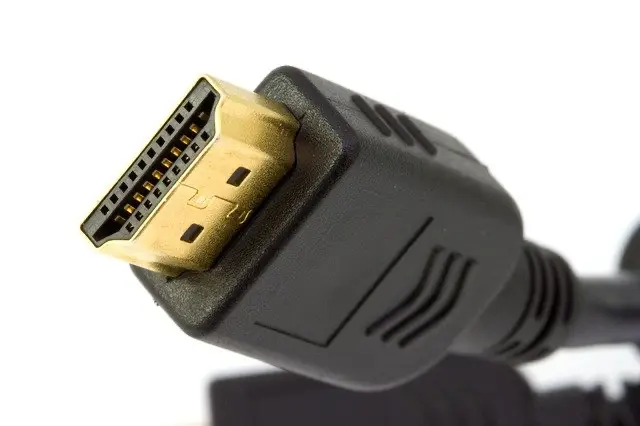
If, however, you are connecting your gaming PC to a monitor, this might not be the one for you. HDMI has its simplicity in exchange for limitations. Namely in the resolution and frame rates you can get. While HDMI 2.0 allows for 4K resolutions at 60fps, most TVs are on HDMI 1.4. This maxes out at 3,820 x 2,160-pixel resolution and 30 frames per second. If you want the best graphical experience for your gaming, you either need to invest in a new TV that makes use of HDMI 2.0 or a different connection.
DisplayPort (DP)
Like HDMI, DisplayPort (shortened to DP) is capable of carrying both audio and video. This format is intended for computer connection and so is not seen on TVs. If you have a dedicated gaming monitor connected to your PC, you are almost certainly using one of these cables. If not, you should be. DP can carry the same 3,820 x 2,160-pixel resolution as HDMI 1.4 but at a far more appealing 60fps. Plus, there’s one more advantage.

DisplayPort can make use of Multi-Stream Transport (MST) to output to multiple displays. If you’re looking to use multiple monitors, then DP is often a great choice.
It also offers advantages when it comes to screen-refresh rates, ideal if you have a monitor that uses AMD FreeSync or NVIDIA G-Sync. DP is used by both companies to help with reducing tearing and provides a far more fluid gaming experience.
DVI
The last interface we have to talk about is DVI. This stands for Digital Visual Interface and, like DisplayPort, is most commonly found on PC monitors.
There are several things that set DVI apart from HDMI and DP. Firstly, it does not carry audio like the other two do. Since most monitors do not have internal speakers this should not really be an issue. Secondly, DVI comes in one of five different formats. Which format you have determines the performance it can give.
The oldest of these is the more-or-less defunct DVI-A, which provides analog signal. Then there is DVI-D (digital signal) and DVI-I (integrated analog and digital signal), both of which have single-link and dual-link versions. This refers to how much bandwidth the cable can carry. Single-link tops out at 1,920 x 1,200 while dual-link climbs to 2,560 x 1,600.
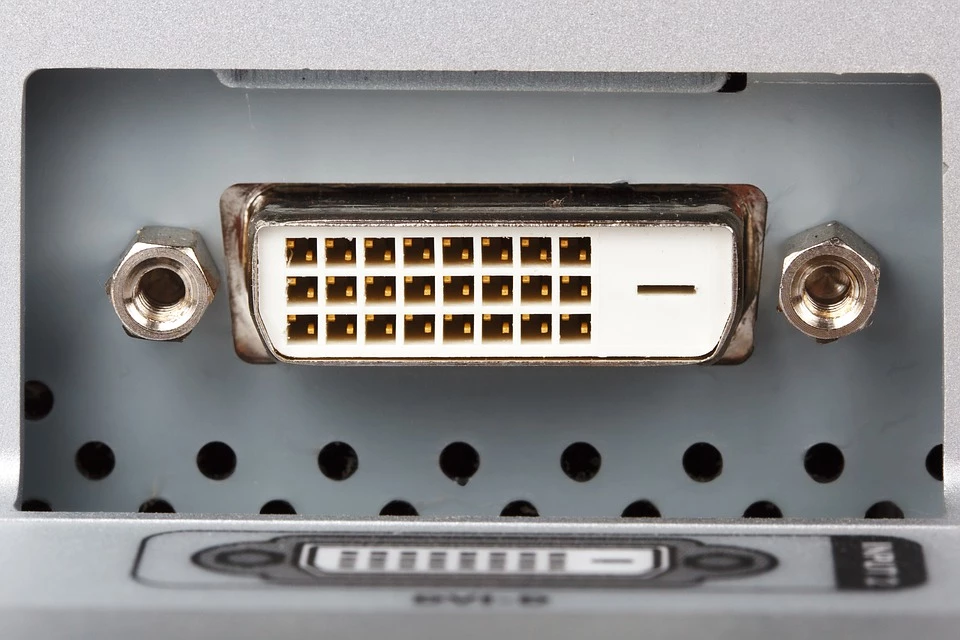
These numbers are of course not as high as what DP and even HDMI are achieving, so DVI is becoming dated for those after a particularly high resolution. What advantage it does offer is DVI-D can output a 144Hz refresh rate at 1080p. So, if it’s a smooth experience you want over the most polished, DVI is worth some consideration.
Get a Monitor to Match the Interface
Now that you have cracked the ideal interface to match your setup, have you got a monitor to take advantage of it? Here at Overclockers UK we have plenty of dedicated gaming monitors to help you achieve a visually stunning and immersive gaming experience. Check them all out for yourself, as well as these highlighted picks!
ASUS TUF Gaming VG249Q1R 24” Widescreen Gaming Monitor (90LM05V1-B01E70)
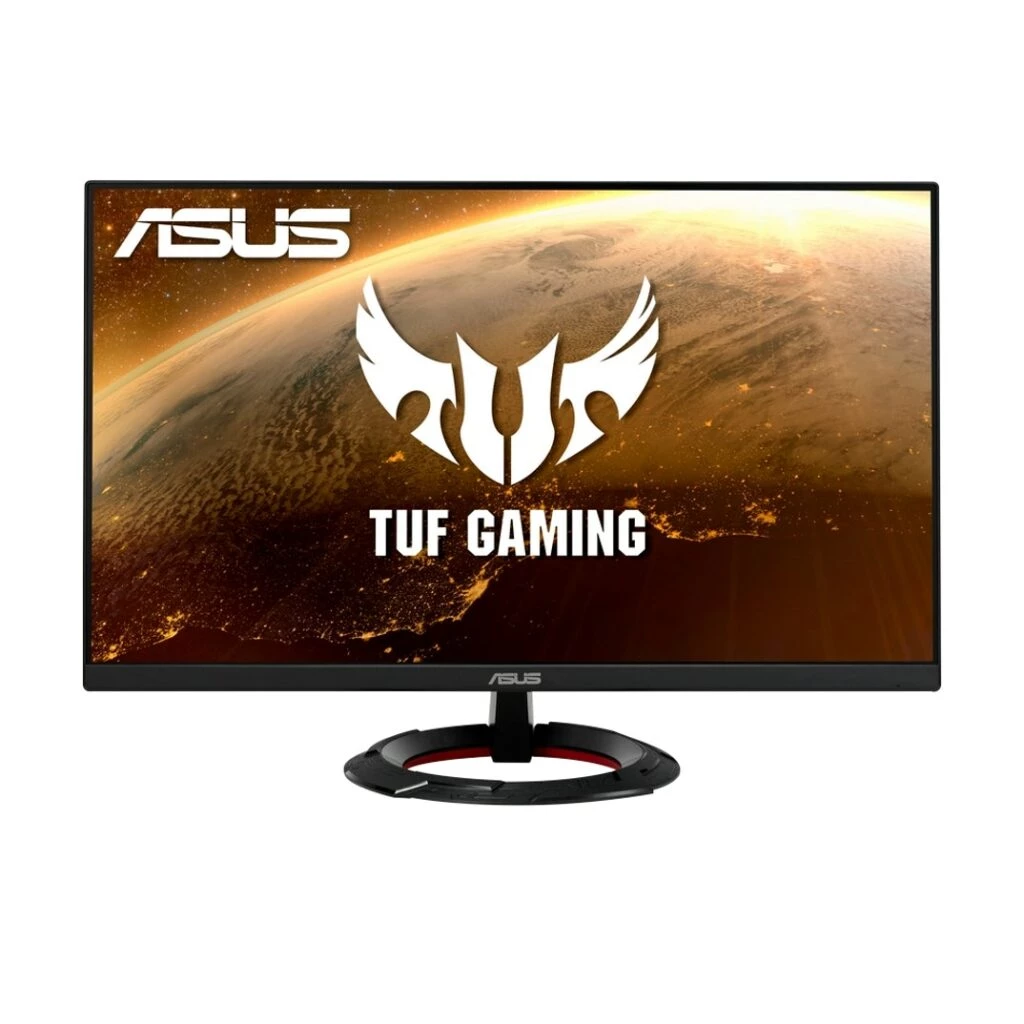
Available to buy for £189.95
At 24” wide, this ASUS TUF Gaming Monitor is a perfect size for you to play on. This Full HD (1920 x 1080) screen may not be the biggest, but for your needs, it’s one of the best. For starters, it has an ultra-fast 165Hz refresh rate, designed not only for immersive gameplay but for pro gamers too. Couple that with FreeSync technology and a 1ms response time, you can say goodbye to tearing and hello to sharp, high frame rate gaming visuals.
LG 34” Curved UltraWide Gaming Monitor (34P950G-B)
If you’re after a gaming monitor with some wow factor in the mix, then this LG UltraGear monitor is for you. Measuring in at a truly ultra-wide 34”, this Full-HD screen is curved so you can take in all the delicious details from every angle. With its ultra-fast 144Hz refresh rate, nano IPS 1ms technology, and a smooth experience through NVIDIA’s G-Sync Ultimate, you can’t get much more immersive than this.
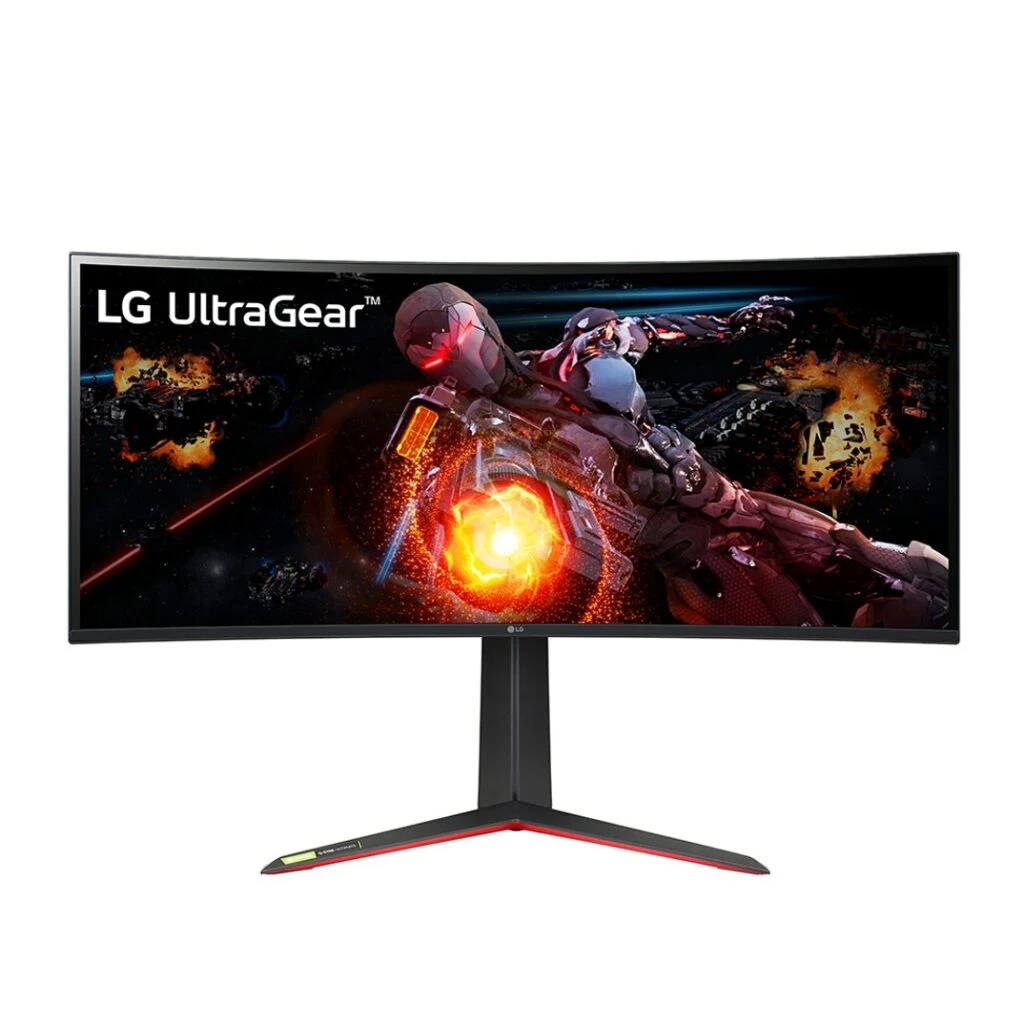
Available to buy for £1,199.95
